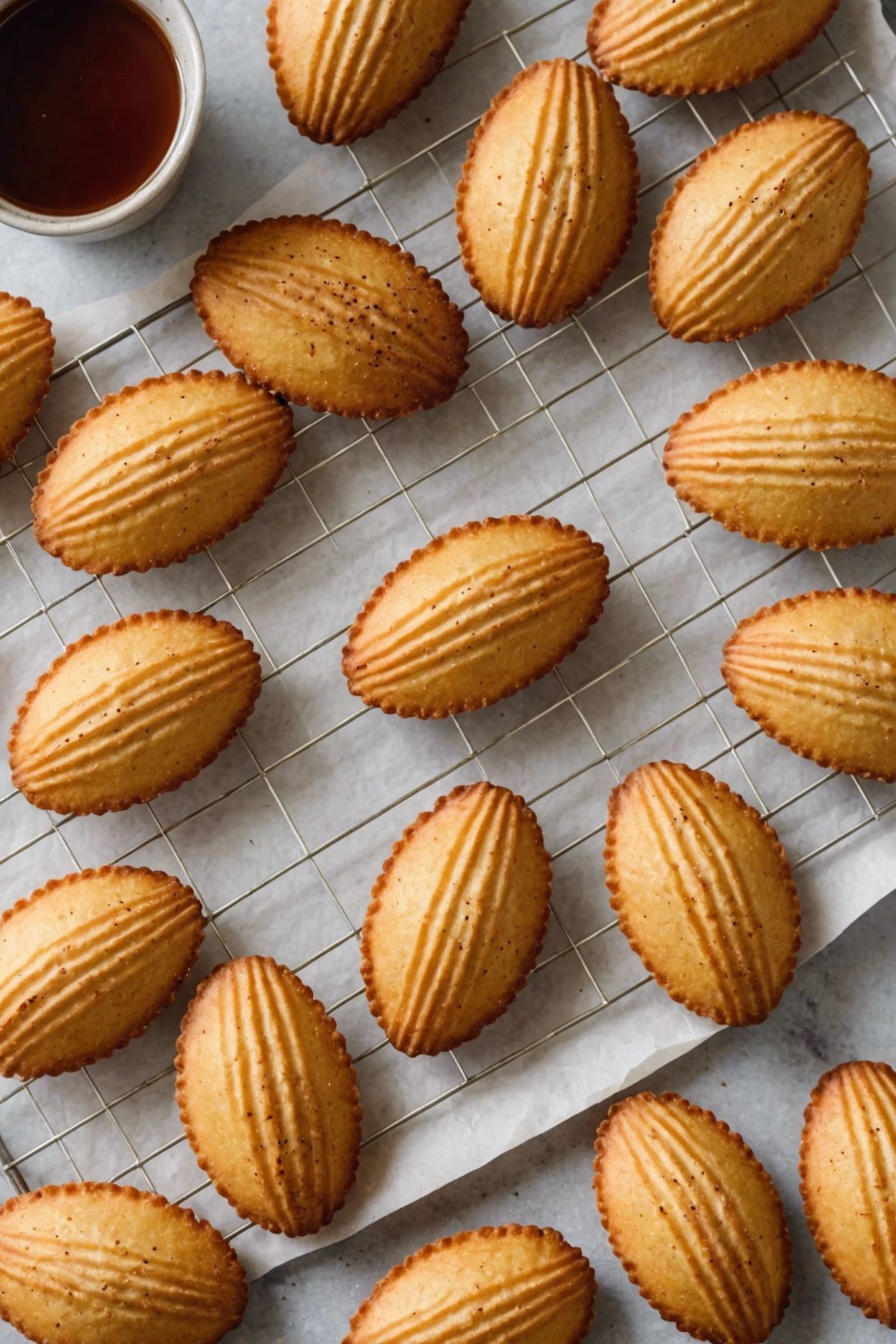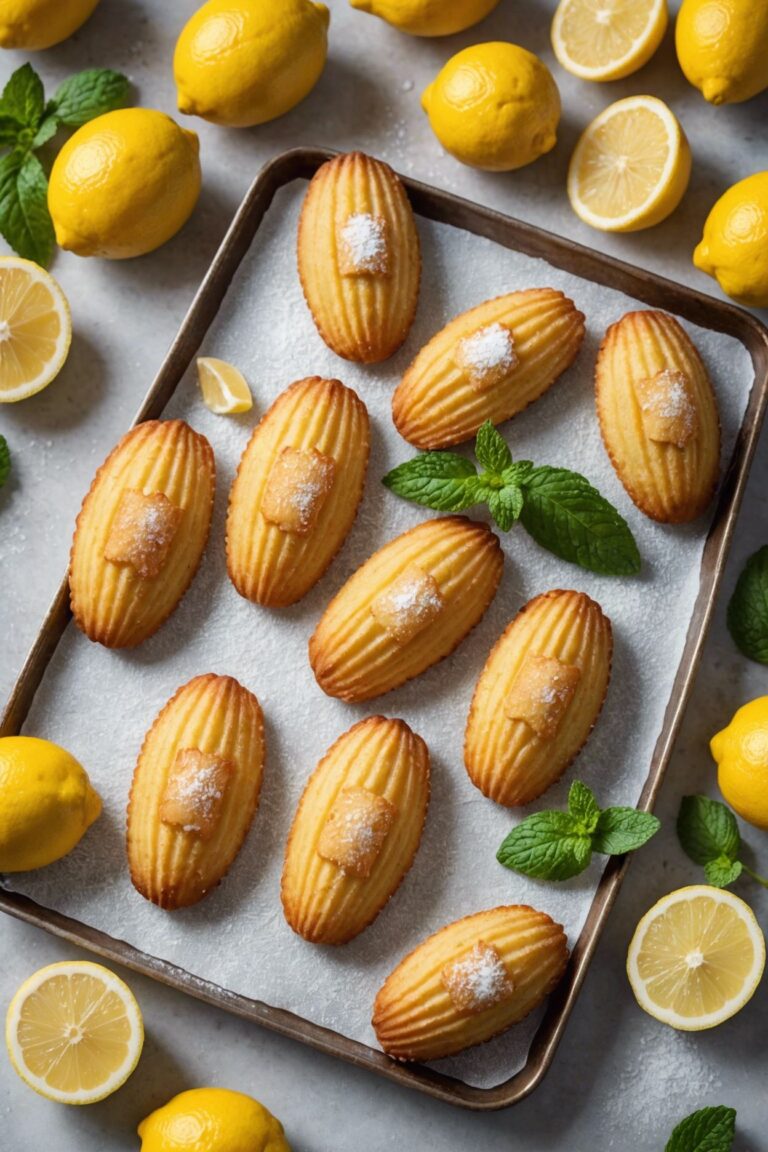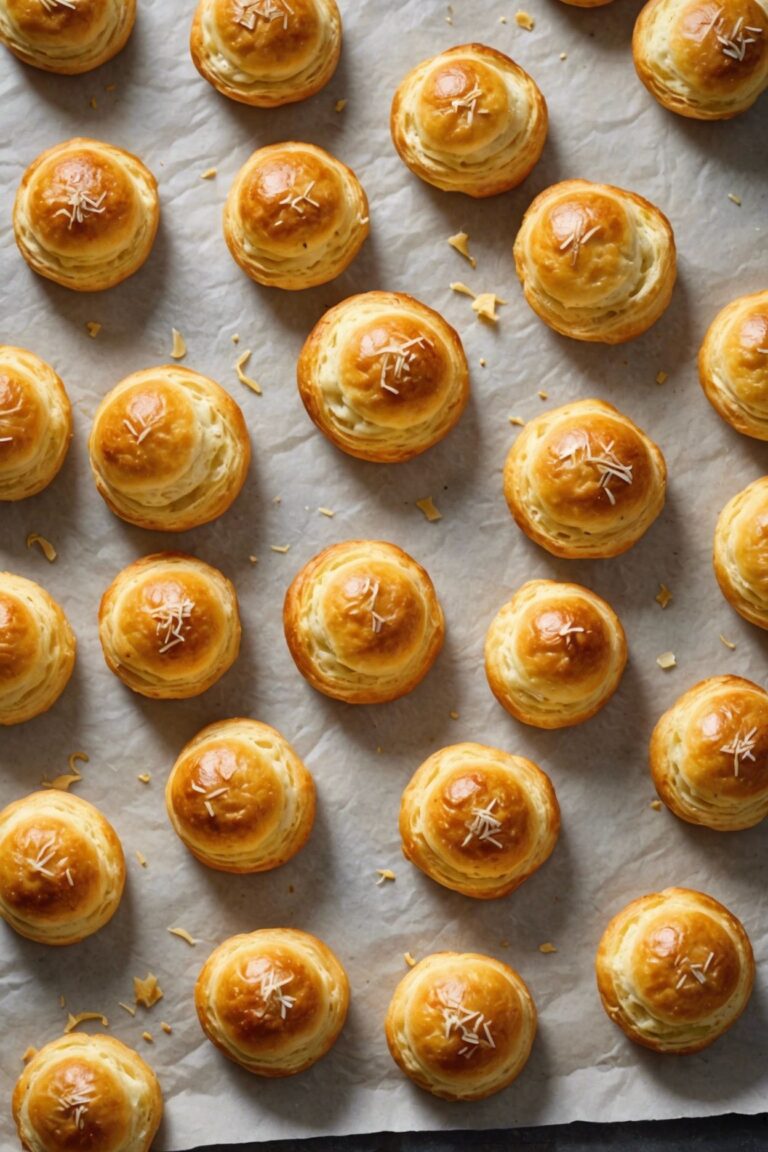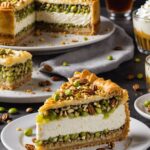My New Cookbook is Out! Check Out Now!
Cinnamon Madeleines
The classic French delight, madeleines, gets a warm and cozy twist with the addition of cinnamon! These delicate, shell-shaped treats are infused with the comforting spice, creating a flavor combination that’s both familiar and unique.
Perfect for a chilly afternoon or a sweet breakfast treat.
Ready Time
45 mins
Yields
5 servings
Ingredients
- 2 1/4 cups all-purpose flour
- 1/2 cup granulated sugar
- 1/2 teaspoon baking powder
- 1/2 teaspoon kosher salt
- 1/4 teaspoon ground cinnamon
- 1/2 cup unsalted butter, softened
- 1 large egg
- 1 teaspoon pure vanilla extract
Instructions
Preheat your oven to 375°F (190°C). Line a 12-cup madeleine pan with butter and dust it with a pinch of flour, tapping out any excess.
In a medium bowl, whisk together the flour, granulated sugar, baking powder, and salt.
Set aside. In a large bowl, using an electric mixer, beat the softened butter until it’s creamy.
Beat in the egg and vanilla extract until well combined.
Gradually add the flour mixture to the wet ingredients, beating until just combined, being careful not to overmix. Add the ground cinnamon and fold it into the batter until no streaks of flour remain.
Divide the batter evenly among the madeleine cups.
You should end up with 5 madeleines. Bake for 12-14 minutes or until the edges are lightly golden brown.
Remove from the oven and let cool in the pan for 5 minutes.
Transfer the madeleines to a wire rack to cool completely, which will take about 30 minutes.
Notes
To ensure these delicate madeleines turn out light and tender, make sure to not overmix the batter, especially when adding the flour mixture.
Use high-quality, fresh ingredients, as they will shine through in the final product.
If you don’t have a madeleine pan, don’t worry! You can use a mini muffin tin instead.
Just be sure to adjust the baking time accordingly.
Keep an eye on the madeleines while they’re baking – they can go from perfectly golden to burnt quickly.
These madeleines are best served fresh, but they can be stored in an airtight container at room temperature for up to 2 days.
Simply dust with powdered sugar before serving.
Nutrional Value
- Calories: 220
- Total Fat: 11g
- + Saturated Fat: 7g
- Cholesterol: 30mg
- Sodium: 100mg
- Total Carbohydrates: 29g
- + Dietary Fiber: 0g
- + Sugars: 15g
- Protein: 2g







